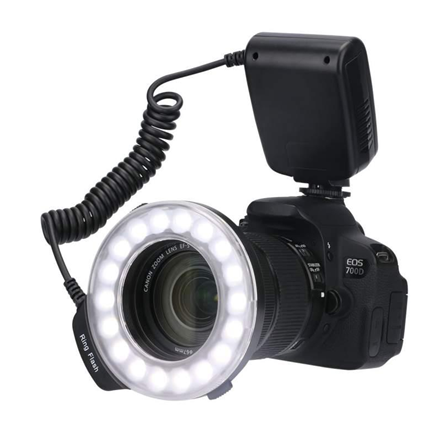When we talk about product photography, we always mention lighting and light. It is inevitable. The origin of the word photography itself comes from the Greek φωτός (phōtos or phōs) ‘light’.
Product photography realization is impossible without proper light. The best light source for product photography available is natural light. But unfortunately it is not always enough. In order to properly emphasize all product features, it is necessary to have additional lighting. Especially when shooting indoors . When we come across articles, tips, or shared experiences from professionals, we come across the phrase “controlled light.”
What exactly is controlled lighting?
Most accurately defined, this is artificial controllable lighting.
Controlled lighting is often found in professional photography studios. This enables the photographer to direct the light according to the angle of the subject and modify its power. In combination with suitable reflectors or softboxes, light can be softened to avoid heavy shadows or glare. In more creative directions, ‘dramatic’ – solid light can be created.
Choosing a light source is essential to the effect of product shots. It’s good to know that every light source has color. It focuses on any object illuminated by the specific light. The closer the subject is to light, the stronger the color accent. The ability to impart real color to objects is the soul of precisely selected light.
There are four types of artificial light sources that are used in product photography and have different uses for each:
- Fluorescent
- ICE (light emitting diode)
- Tungsten (filament)
- Strobe (flashing)
Fluorescent is well known because it has been used for a long time
It usually does not offer adequate color quality. Adds unwanted toning especially if a live model is being shot. This makes the fluorescent lighting less used.
LED or LED lighting is energy efficient and produces little heat.
It is made up of many small LEDs and usually lasts a long time. It has no UV and infrared radiation in its spectrum, and its performance is significantly improved compared to a conventional light source. Depending on the quality of the LEDs, they can range from very stable color temperature to very unstable.
The light emitted by the LEDs is a little colder and does not spread much, so it can be softened by a diffuser or reflector. All the benefits of ice lighting make it the most preferred option.
Tungsten
Tungsten is a good source of light, but it also emits a lot of heat, which is a huge disadvantage in product photography, especially when shooting food. It is also uncomfortable when a fashion model is involved in the scene. Either way, the filament life is coming to an end. From an environmental point of view, and since the EU banned production, there has been a marked decline in consumption.
Flashing or pulsed light
The flashing or pulsed light, known as strobe lighting, is actually the light coming from the camera flash. Probably the most commonly used artificial lighting in photography. Photographers have been using studio strobe lighting for many years and this seems to be a mandatory attribute. There are many manufacturers of strobe lighting systems and many light modification accessories that go with them, such as umbrellas and softboxes, for example.
E-commerce products are usually used to capture continuous, continuous light, softened by softboxes. As a rule, product photography relies on three main sources around the site for best results. Two on the side and one directly in front, back or top, depending on the desired results.
The difference between equipped studios and what the mass consumer would prefer lies in the combined lighting used by professionals for their purposes. Most of us can afford a decent model, a movable flash. Often, however, it may be insufficient in itself. With a good budget, nowadays we have the opportunity to make a studio at home.
Flash / Strobe kit is one of the best options if you can afford it.
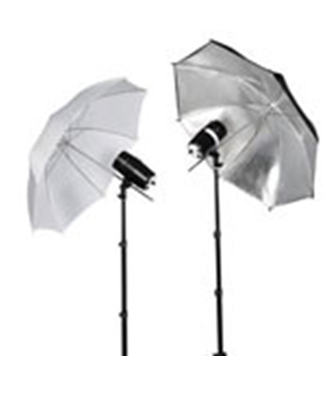
This system is similar to that used by professional photographers. Of course, as professionals they have more expensive and more powerful branded kits, but as a relatively inexpensive option for a lighting system in product photography, this kit is of satisfactory quality.
Fovitec StudioPRO Lighting Kit
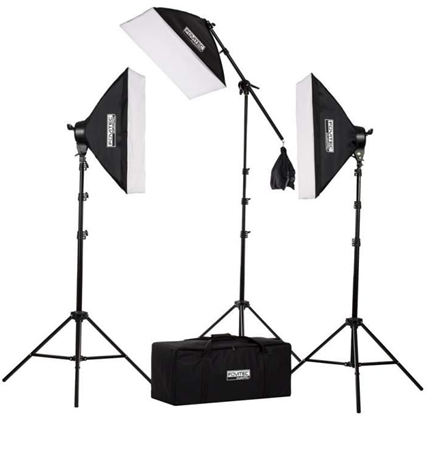
What is unique about this kit is that the lights have different brightness. Particularly an advantage that will definitely save time for adjustments. A major drawback is the high cost of the kit. But it’s worth it because of the professional quality it offers. It takes about half an hour to install.
Studio FX 2400-Watt
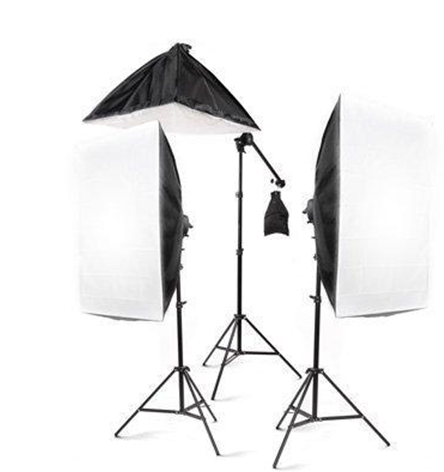
This photographic studio lighting model is aimed at beginners.
The set includes three basic softboxes, three light stands and three light heads. The lights are compatible with SLR / DSLR cameras such as Nikon, Sony, Canon Olympus and others.
If you neglect its 13-pound weight, which makes it slightly more portable and you decide to own it, it meets many of the professional features you need, such as beginner in product photography.
Flashes and lights, known as the “ring” (ring), are a great addition to product photography. The user is able to take advantage of uniform lighting to direct the object. Extremely easy to use and especially suitable for shooting small objects or for detailed shooting – in close-up. Some of these lights are large and include mounts, others are much smaller and can be attached to your phone.
One of the best ring flashes is the Neewer
Dimmable 18-inch Ring Light
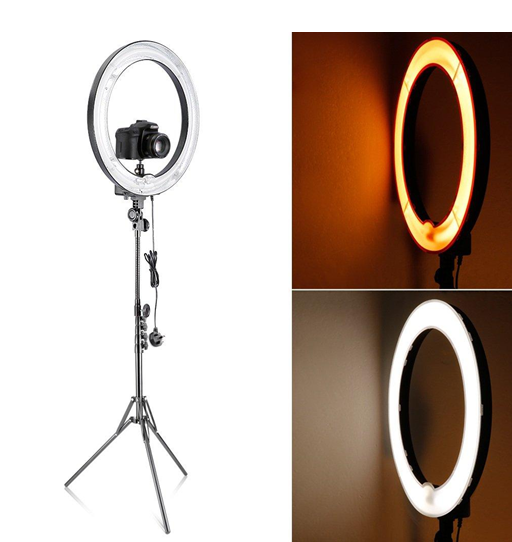
The set includes a stand, an 18-inch diameter light ring, a white and orange filter. Neewer allows for flexibility and sufficient lighting when shooting products. Its price is reasonable.
Timack RF- 60D Macro Flash
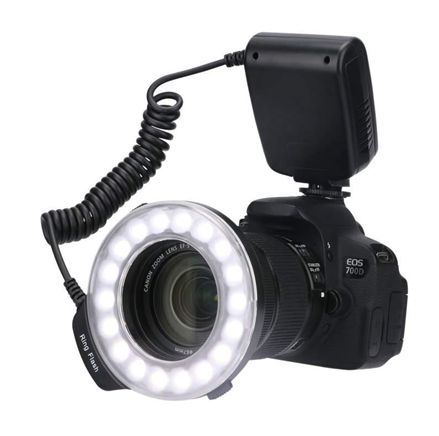
This model has adapters that work with both Canon and Nikon. Offers various lighting options. Includes four diffusers for different shooting options: orange, blue, white and beige. This is great for a beginner focused on detailed product shooting.
The light provided by the 18 LEDs is sufficient. Timack RF-60D Macro Flash offers three lighting modes – Continuous, stable semi-mode and full light.
These are just a few of the key suggestions we want to bring to your attention with the various opportunities that the photographic equipment market offers today.
But what is important to consider when choosing your studio lighting kit?
Experience level
What is your main goal? How advanced are you in product photography? And more importantly, how far do you want to go? If you are an experienced photographer looking to earn a little extra money, it is a good idea to opt for a higher-end kit.
Portability
Where do you plan to shoot? At Home or Will You Visit Customers With Your Lighting System? It is important to consider the weight of the kit. Some modern kits can weigh over 50 kilograms, while others are designed to be lightweight in order to be easily portable.
Light control
If you are an experienced photographer, you know the importance of having precise control of your lighting. But if you are new, keep in mind the constantly switched on lighting, which has the advantage of being easily tested. Different settings allow different levels of control. Some allow you to control the lights individually, while others are always on or have a strobe setting.
If you’re not sure what you need, it’s best to consult with a specialist before making a purchase decision.
